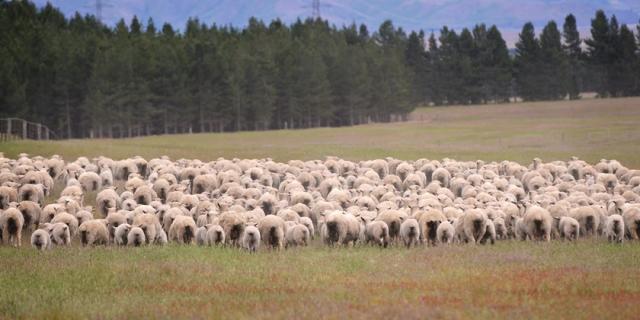Drench resistance is a growing challenge for sheep and beef farmers, complicating parasite management. This project aims to use advanced molecular diagnostics to identify resistance biomarkers, potentially leading to new tests that support better management decisions.

Background
Managing gastrointestinal nematodes is a major concern for sheep and beef farmers, and drench resistance is increasingly complicating this issue. The use of broad-spectrum anthelmintic drugs, or drenches, has led to a growing number of parasites becoming resistant, rendering some treatments ineffective on many farms. Each farm may face unique challenges in managing these parasites, especially when resistance is present.
This project aims to advance molecular diagnostic capabilities, helping farmers make more informed decisions about parasite management. The project's goal is to identify biomarkers of resistance in gastrointestinal nematodes affecting sheep and cattle.
The proof-of-concept study will focus on:
- Trichostrongylus species: Trichostrongylus colubriformis, Trichostrongylus vitrinus, and Trichostrongylus axei, both susceptible and resistant to Moxidectin/Abamectin.
Benefits to farmers
- Improved diagnostics: Gain access to advanced molecular diagnostic tools to better identify and manage parasite resistance on your farm.
- Targeted management: Discover resistance biomarkers to help tailor parasite control strategies specifically for your farm’s needs.
- Enhanced treatment options: Benefit from more accurate information on parasite susceptibility and resistance, leading to more effective use of drenches.
- Better outcomes: Improve livestock health and productivity by addressing the challenges of drench resistance with cutting-edge research and tools.
B+LNZ Project Lead
Dr Cara Brosnahan, Principal Scientist – Animal Health Research.
Farmer involvement
Provision of samples.
Provider
Rahul Rane, Peter Hunt, Andrew Kotze and Tom Walsh, The Commonwealth Scientific and Industrial Research Organisation (CSIRO), Australia.
Expected end date
August 2025.